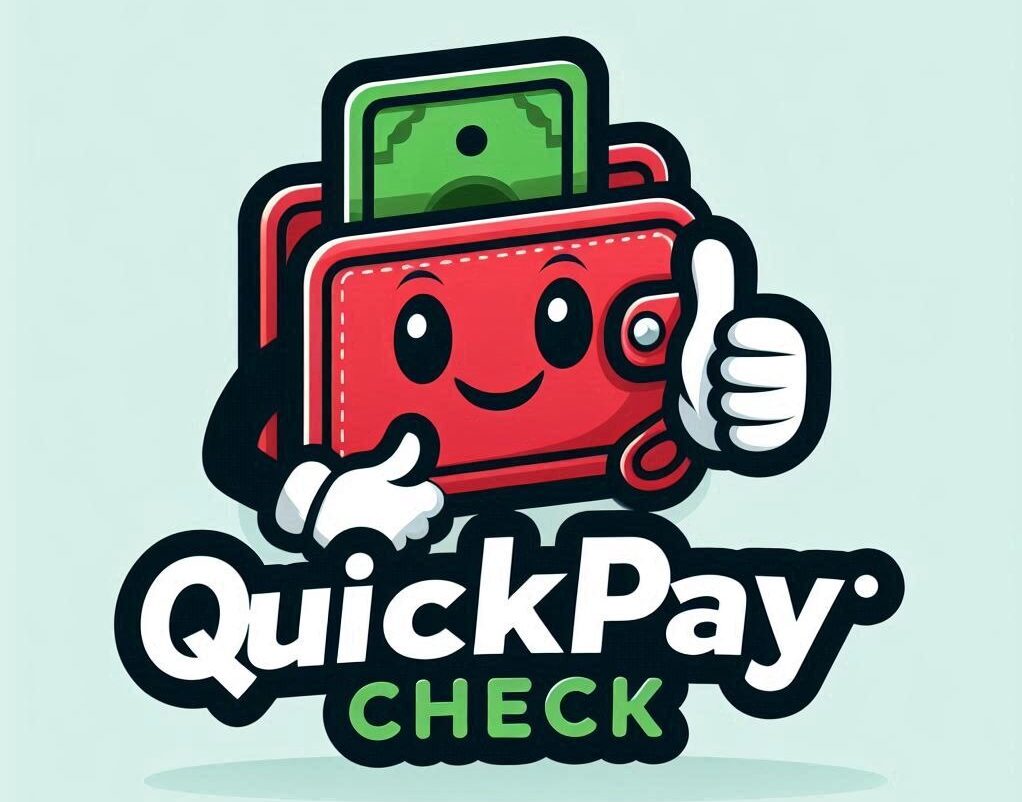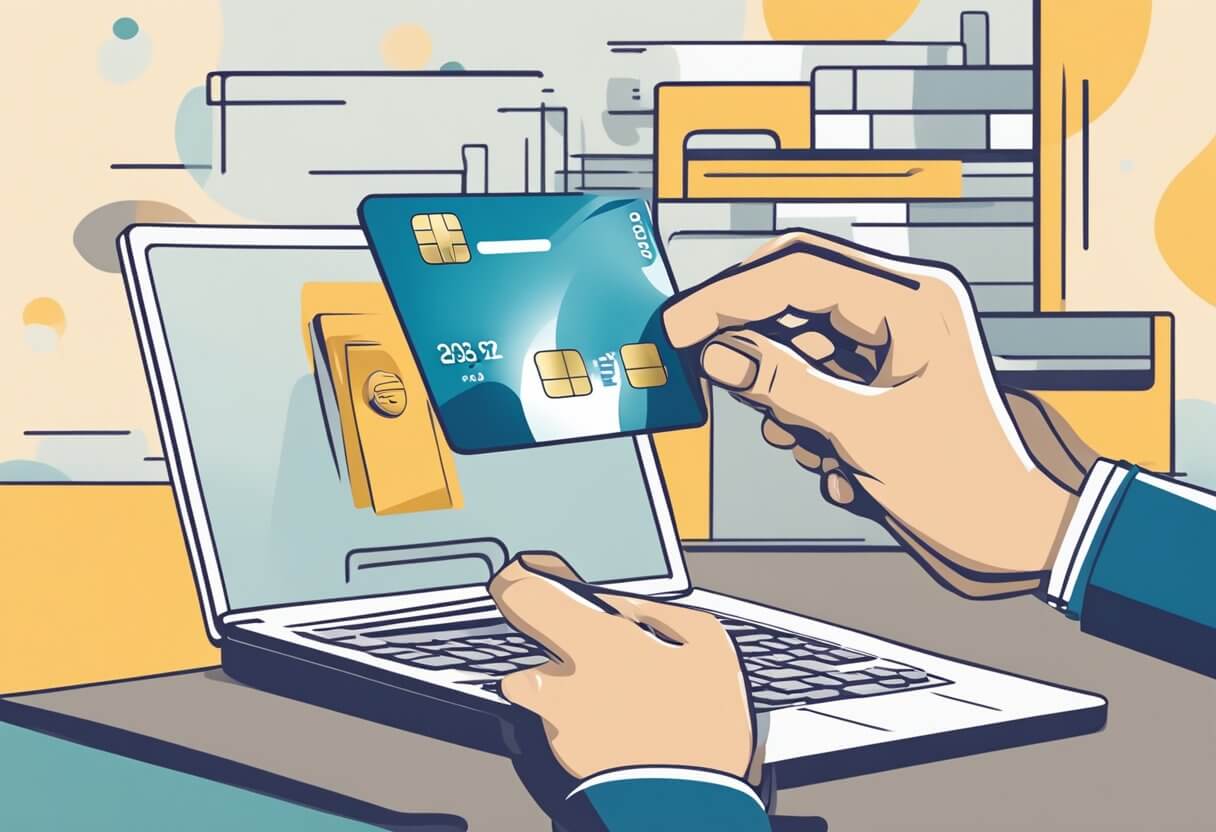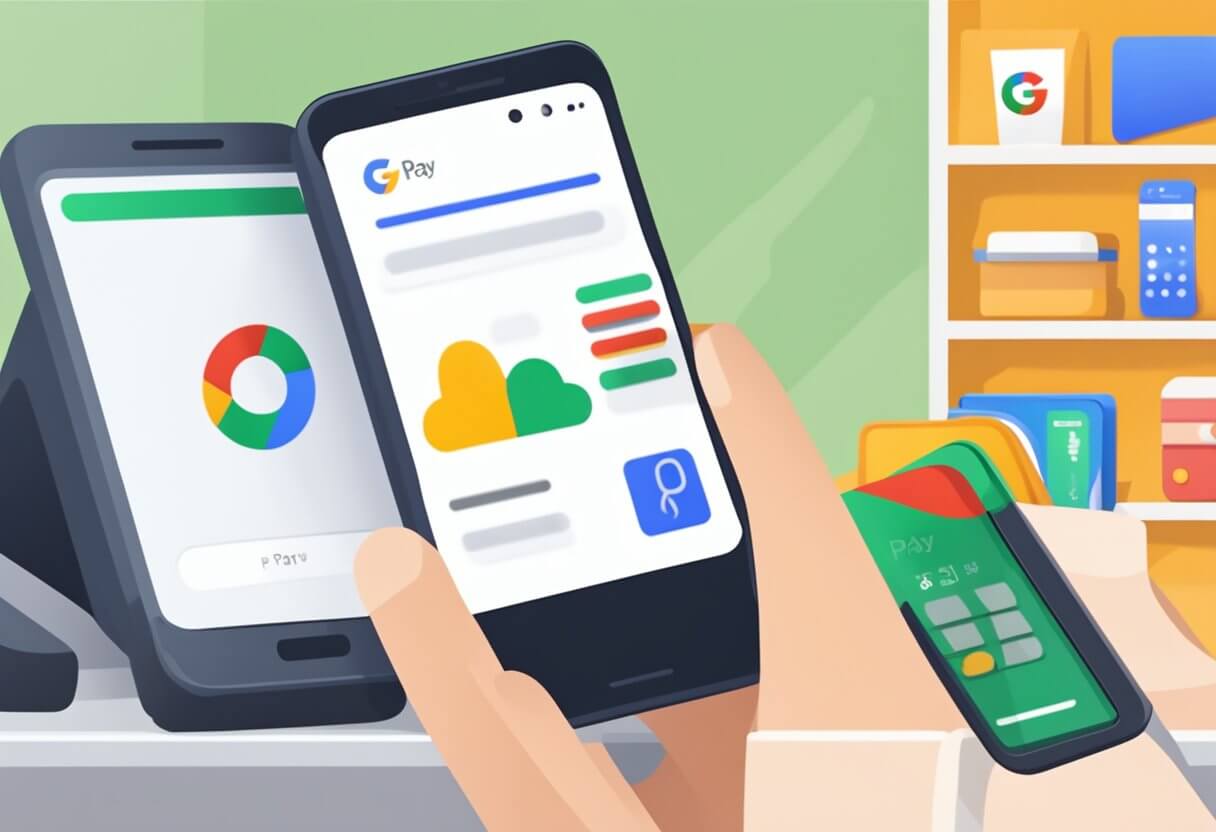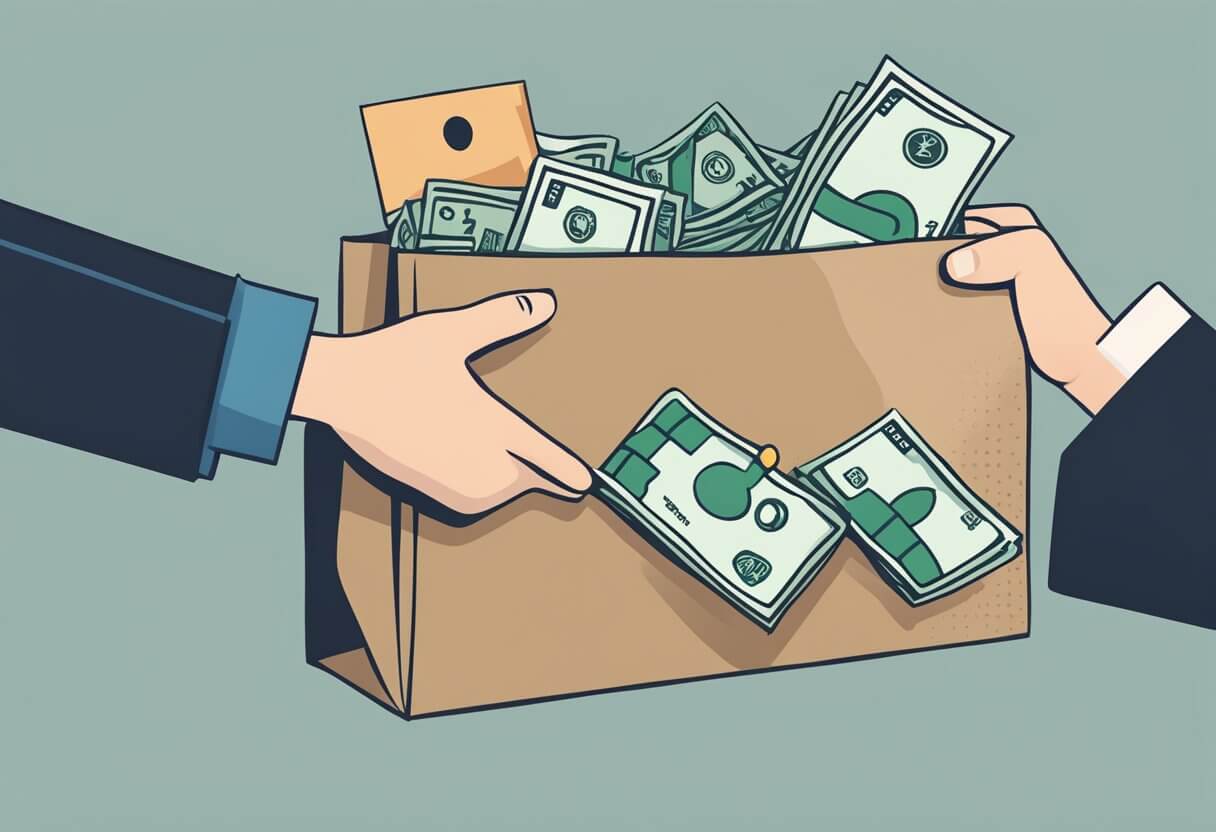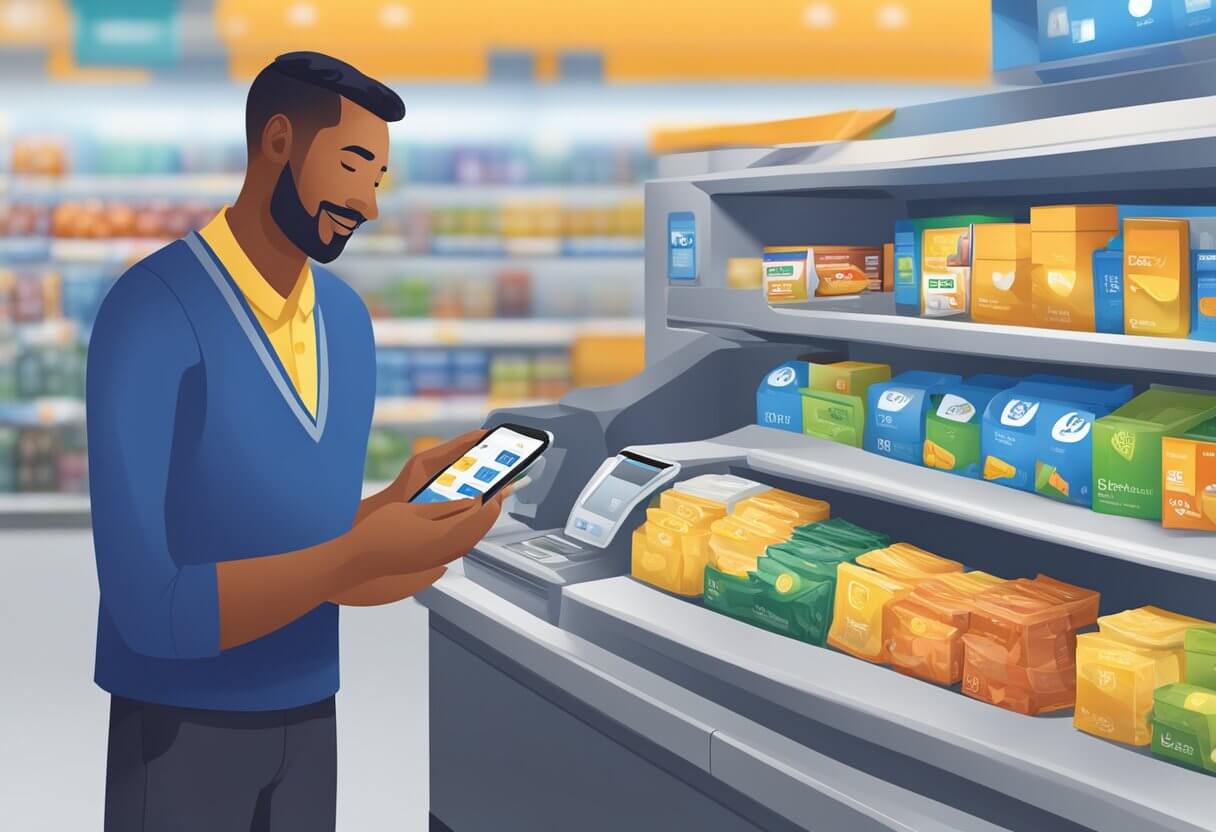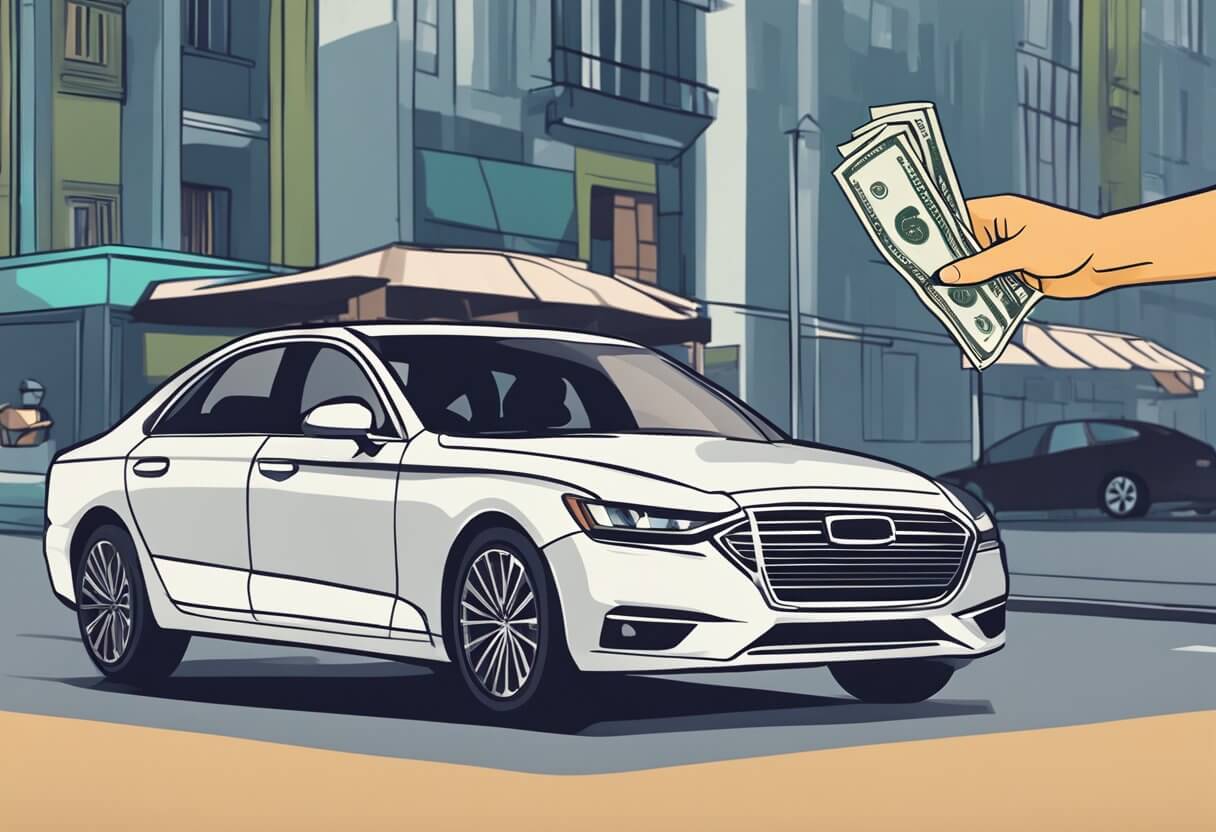Credit cards offer convenience and rewards, but managing multiple balances can be challenging. One question that often arises is, “Can you pay a credit card with a credit card?” The short answer is: directly, no; indirectly, yes. This article will explore various methods, considerations, and alternatives for using one credit card to pay another, helping you make informed financial decisions.
Understanding Credit Card Payments
Before diving into how you can use one credit card to pay another, it’s important to understand how credit card payments typically work. Credit card issuers usually require payments to be made from a checking or savings account, by check, cash, or via an online banking transfer. They do not accept another credit card as a direct payment method due to regulations and the potential for escalating debt.
Methods to Pay a Credit Card With Another Credit Card
Balance Transfers
A balance transfer is a common method used to pay off one credit card with another. Here’s how it works:
- Definition and Explanation: A balance transfer involves moving the balance from one credit card to another, usually to take advantage of a lower interest rate. This can be particularly useful if you have high-interest debt on one card and can transfer it to a card with a 0% introductory APR offer.
- How Balance Transfers Work: You apply for a credit card that offers a balance transfer feature. Once approved, you request the new card issuer to pay off your old card by transferring the balance to the new card. This process might take a few days to a few weeks.
- Pros and Cons:
- Pros: Lower interest rates, potential interest-free periods, consolidation of debt into one payment.
- Cons: Balance transfer fees (typically 3-5%), the possibility of not being approved for a sufficient credit limit, potential impact on your credit score due to hard inquiries.
- Key Features to Look For: Look for cards offering 0% introductory APR for a significant period (usually 12-18 months), low balance transfer fees, and favorable terms after the introductory period ends.
Cash Advances
Another method is obtaining a cash advance from one credit card to pay off another. This method, however, is generally not recommended due to high fees and immediate interest charges.
- Definition and Explanation: A cash advance involves withdrawing cash from your credit card, which you can then use to pay off another credit card. This can be done at an ATM or through a convenience check provided by your credit card issuer.
- Process of Obtaining a Cash Advance: You use your credit card at an ATM or bank to withdraw cash up to your cash advance limit, then use this cash to pay your other credit card bill.
- Costs and Risks: Cash advances usually come with high fees (often 3-5% of the amount) and high-interest rates that start accruing immediately without a grace period. This can quickly become very expensive.
- Scenarios for Use: Cash advances might be considered in emergency situations where no other payment methods are available, but they should be a last resort due to the high costs involved.
Pros and Cons of Paying a Credit Card With Another Credit Card
Pros
- Lower APR and Interest Savings: Transferring a balance from a high-interest credit card to one with a lower APR can save you significant amounts in interest, especially if you can secure a 0% introductory APR offer.
- Simplified Debt Management: Consolidating multiple credit card balances into one can simplify your financial management. Instead of keeping track of several due dates and minimum payments, you focus on paying down one card.
Cons
- Balance Transfer Fees: These fees can range from 3% to 5% of the amount transferred. For example, transferring a $10,000 balance could cost you between $300 and $500 upfront.
- Impact on Credit Score: Applying for a new credit card involves a hard inquiry, which can temporarily lower your credit score. Additionally, transferring balances can affect your credit utilization ratio, which is a significant factor in your credit score.
- Potential for More Debt: If you transfer a balance but continue to use the original credit card, you might end up with more debt. It’s crucial to manage spending and focus on paying down balances.
Factors to Consider Before Paying a Credit Card With Another Credit Card
- Credit Score Impact: Understand how balance transfers and new credit applications affect your credit score. A hard inquiry can lower your score, and closing old accounts can impact your credit history length and utilization ratio.
- Potential Savings vs. Fees: Calculate whether the interest savings from a lower APR outweigh the balance transfer fees. Use online calculators to estimate savings.
- Long-term Financial Planning: Consider your overall financial strategy. Will this move help you get out of debt faster, or is it a temporary fix that might lead to more financial issues?
Alternatives to Paying a Credit Card With Another Credit Card
Personal Loans
A personal loan can be an effective way to consolidate credit card debt.
- How Personal Loans Work: You apply for a loan from a bank or online lender and use the funds to pay off your credit card balances. You then repay the loan in fixed monthly installments, typically at a lower interest rate than credit cards.
- Comparison of Interest Rates and Terms: Personal loans often have lower interest rates and fixed repayment schedules, making it easier to plan your finances. However, approval depends on your credit score and financial profile.
Debt Management Programs
- Credit Counseling and Debt Management Plans: Non-profit credit counseling agencies can help you create a debt management plan. They negotiate with creditors on your behalf to reduce interest rates and create a manageable payment plan.
- Benefits of Professional Financial Advice: Getting advice from professionals can provide you with strategies tailored to your financial situation, helping you avoid common pitfalls and create a sustainable debt repayment plan.
Real-World Examples and Case Studies
Hypothetical Scenarios
- Scenario 1: Successful Balance Transfer: Jane has a $5,000 balance on a credit card with a 20% APR. She transfers this balance to a new card offering a 0% APR for 18 months with a 3% transfer fee. Jane pays a $150 fee but saves significantly on interest, allowing her to pay off the debt within the promotional period.
- Scenario 2: Cash Advance Pitfalls: John uses a cash advance to pay off a $2,000 balance. He incurs a 5% fee ($100) and an immediate 25% interest rate. John struggles to repay the high-interest debt, realizing too late that this method was costly.
Success Stories and Cautionary Tales
- Success Story: Mark consolidated his credit card debt using a balance transfer card with a 0% APR for 15 months. He paid off the balance within the promotional period, avoiding interest charges and improving his credit score.
- Cautionary Tale: Lisa took out a cash advance to pay off her credit card but ended up with even higher debt due to the high fees and interest rates. She learned that managing spending and seeking better financial strategies would have been wiser.
Tips for Managing Credit Card Debt Effectively
Strategies for Paying Off Debt
- Snowball Method: Pay off the smallest balance first, then move to the next smallest. This method builds momentum and provides psychological wins.
- Avalanche Method: Focus on paying off the debt with the highest interest rate first. This method saves more on interest in the long run.
Budgeting and Financial Planning Tips
- Create a Budget: Track your income and expenses to identify areas where you can cut back and allocate more funds toward debt repayment.
- Emergency Fund: Build an emergency fund to avoid relying on credit cards for unexpected expenses.
Importance of Maintaining Good Credit Habits
- On-time Payments: Always make at least the minimum payment on time to avoid late fees and penalties.
- Limit New Credit Applications: Only apply for new credit when necessary to minimize hard inquiries and potential impacts on your credit score.
Conclusion
Using a credit card to pay another credit card isn’t straightforward, but methods like balance transfers and cash advances provide indirect ways to manage and consolidate debt. Each method has its pros and cons, and it’s crucial to consider your financial situation, potential savings, and long-term goals. Always explore alternatives such as personal loans and debt management programs, and seek professional financial advice if needed. By making informed decisions and practicing good financial habits, you can effectively manage and reduce your credit card debt.
